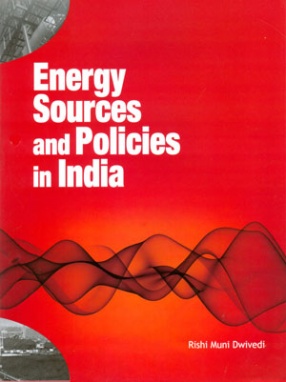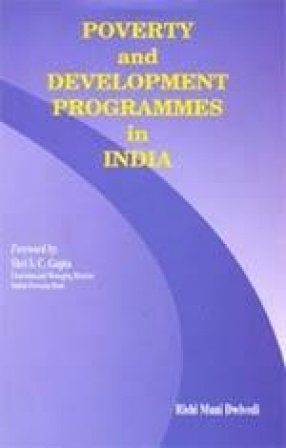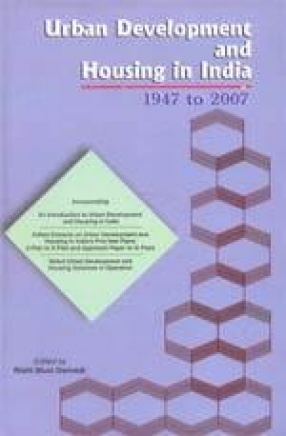
Showing all 4 books



India is both a major energy producer and consumer. It currently ranks as the 7th largest energy producer in the world, accounting for 2.49 percent of the world's total annual energy production. It is also the 5th largest energy consumer in the world, accounting for 3.45 percent of the world's total annual energy consumption. However, owing to its massive population--estimated presently at 1.2 billion which accounts for 16.4 percent of world population--India's ...

India inherited a dismal economy from the British rulers at the time of Independence in 1947. Even after almost six decades of developmental efforts, India is a low-income developing economy, facing the twin formidable problems of unemployment and poverty. Apart from low level of per capita income, factors affecting physical quality of life index are also reflective of poverty in India. The post-Independence economic development of India has focused on removal of ...

A subsidy is a grant of money from an outside third party to either the buyer or the seller of a commodity. The effect of subsidy is opposite of the effect of a tax. A cash subsidy is the opposite of a direct tax while a subsidized commodity is the opposite of a taxed commodity. Hence, subsidies are sometimes called negative taxation. Providing minimum consumption entitlement to the poor by subsidizing the items consumed by them is an extremely important welfare ...

Urbanisation is a natural consequence of economic changes that take place as a country develops. At the same time, urbanisation helps to contribute to the growth process at large. This is manifest in the increasing contribution of urban sector to national income. The positive role of urbanisation is often overshadowed by the evident deterioration in the physical environment and quality of life in the urban areas caused by widening gap between demand and supply of ...
